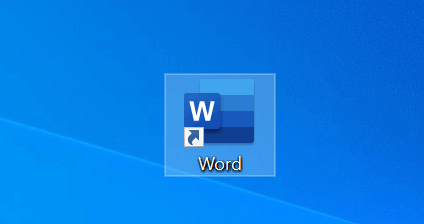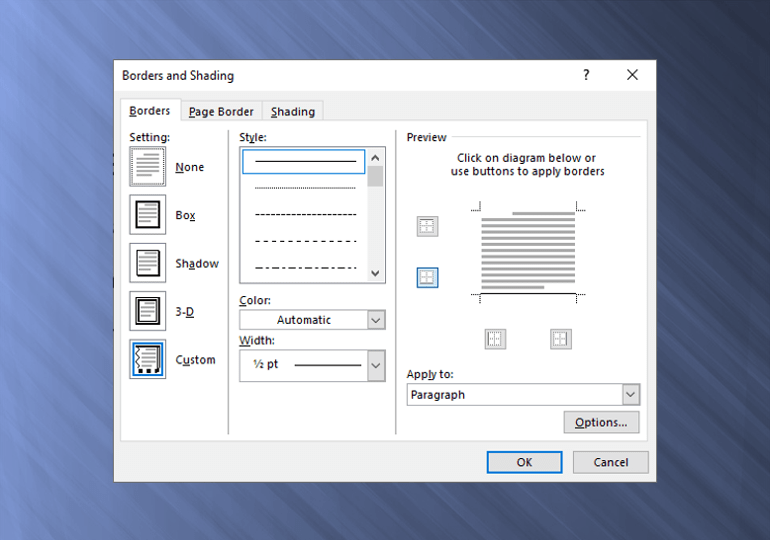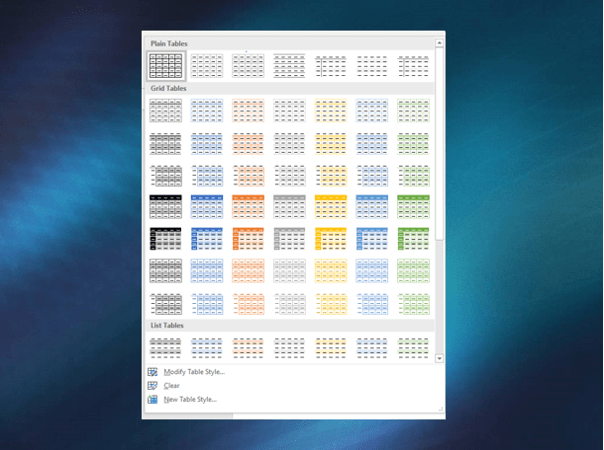
To adjust the look and layout of Read Mode, click View and move to Column Width. If you need to edit it, click View and select Edit Document to return to Print Layout mode. You can’t edit your document in Read Mode, as it’s designed more for finished documents. Your document appears in a compact form in two columns but with the text large enough to easily see and read on the screen ( Figure C). If you prefer to read your document as if it were a printed book, click the icon for Read Mode. With Web Layout view, you can continue to edit and modify your document so you don’t need to keep switching between this mode and Print Layout. It also serves to display a compact version of your document without margins and page breaks so you can view more content on the screen at one time.

Web Layout view is designed to show you what your document would like if you intend to publish it as a webpage. If you find the margins, spacing, page breaks, and other elements too distracting or disruptive, click the button for Web Layout ( Figure B).


HOW TO RETURN WORD TO NORMAL VIEW HOW TO
But even if you don’t intend to print your document, Print Layout can show you where and how to tweak it to make it easier to read on the screen ( Figure A). The major benefit with Print Layout is that you can see how your document will appear if printed, so you can better judge the margins, spacing, page breaks, and other visual elements and adjust any of them if necessary. At the View ribbon, the Print Layout button should be highlighted if it’s not, click that icon. If you use Word the way I do, your default view is likely set to Print Layout. SEE: 10 all-purpose keyboard shortcuts to boost your Word efficiency (free PDF) (TechRepublic) (I’m using the latest flavor of Word via Microsoft Office 365, but the process for viewing documents works the same with previous versions of Word as well.) Let’s take a closer look at your options. Draft Mode and Outline view also offer certain benefits.Īnd there are other options, such as Side to Side view, Single Page view, Multiple Page view, and Split View, each of which provides specific advantages depending on how you want to see and work with your document. Read Mode displays your document formatted as columns for easier reading. The Web Layout view displays your documents without margins and page breaks. But that’s not the only view that Word offers. You might keep Microsoft Word primarily in Print Layout view, which displays your document as it would look when printed, complete with margins, page breaks, and other visual elements. Check out your options and learn about the benefits of each one. You can change views in Word to more easily see and work with your documents. When you change your view, it doesn’t change for anyone else looking at the file.How to work with different views in Microsoft Word Tip: Google Docs, Sheets, and Slides remember your most recent view. See your headers, footers, and margins between pages as if you’d printed the document. Show print layout: This option is only available in Google Docs that are in pages format.
HOW TO RETURN WORD TO NORMAL VIEW FULL
To exit full screen, on your keyboard, press Esc or Escape. If you're using a touch screen, touch and hold to open the context menu Exit full screen.

On your computer, open a document in Google Docs or a spreadsheet in Google Sheets.To zoom in a slide, you can use keyboard shortcuts. You can change how you view a document or spreadsheet, like making the text bigger or hiding the toolbar at the top.


 0 kommentar(er)
0 kommentar(er)
